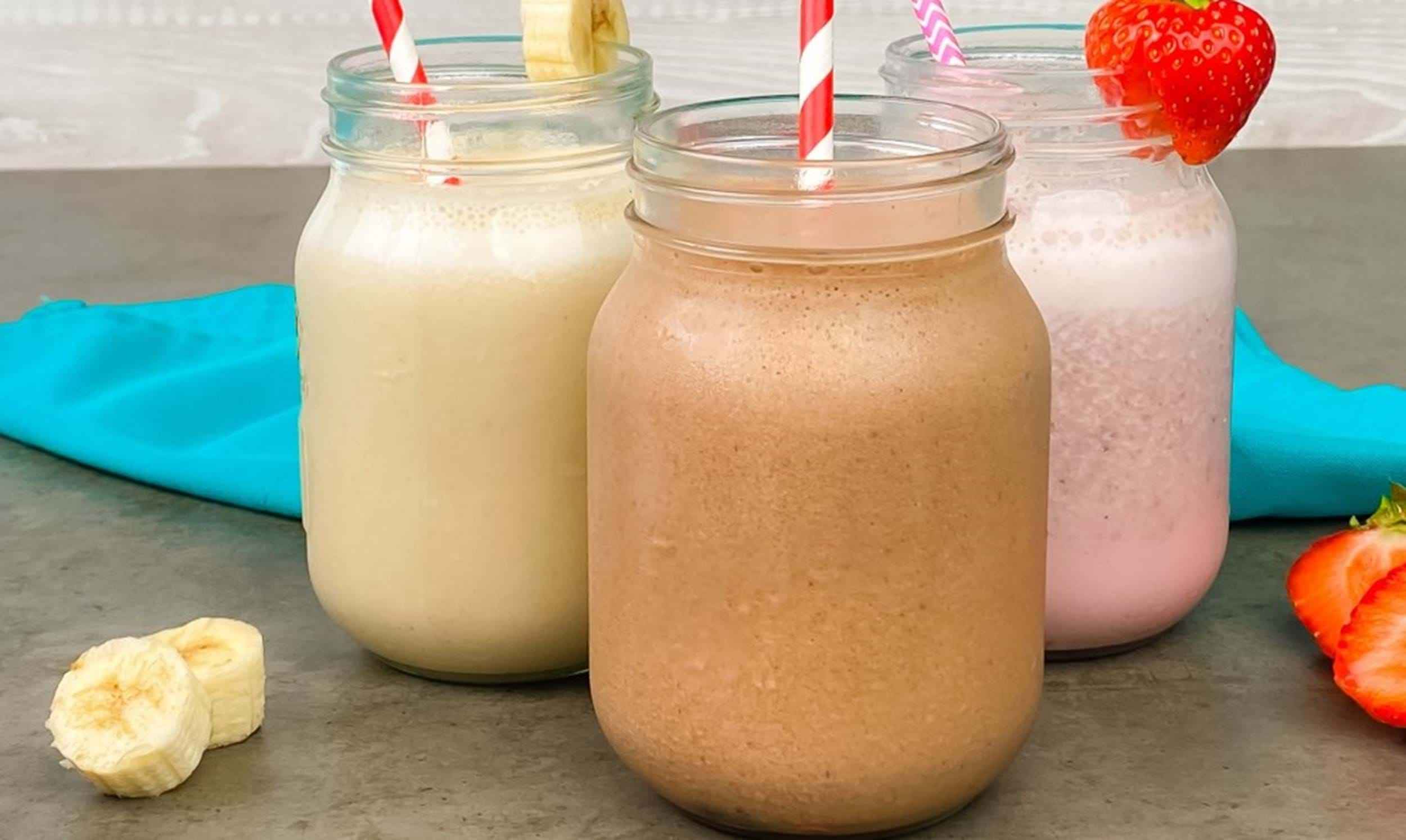Working Out During Ramadan: How to Achieve Your Fitness Goals

Page last updated: 17th January 2025
Ramadan is the ninth month of the Islamic calendar, and the most holy of months, as it is believed that this was when the Holy Quran was revealed to the Prophet Muhammad (PBUH). The dates change each year as the Islamic calendar follows the cycles of the moon. In 2025, Ramadan begins on 28th February and finishes on 30th March.
During Ramadan, Muslims fast between dawn and sunset. Fasting during this month is one of the 5 pillars of the religion, and helps Muslims to develop strong will, faith, and control their desires, as well as become closer to God (Allah). There are two main meals in Ramadan: Suhoor and Iftar. Suhoor is eaten before the fast begins at dawn, and Iftar is the meal that breaks the fast.
In addition to fasting from food and water, Ramadan is a time to detox from bad habits, spend time with the community, and help people in need. It is a month to create good mental and physical habits and for many, this includes achieving certain health and fitness goals. It's important to recognise that your routine completely changes during Ramadan, and this can limit how often or how we can work out.
When it comes to exercising and staying healthy, one of the main challenges Muslims face during Ramadan is getting enough calories, micronutrients, and macronutrients during their eating window to provide enough energy for the full day. Abstaining from food and water during the day can also make exercising feel more difficult, and exercise itself can make fasting harder as it increases thirst and hunger.
Another challenge is making time to exercise. In addition to the 5 prayers of Islam, Muslims have a special night prayer called Taraweeh which is performed during Ramadan. Taraweeh, along with Suhoor and Iftar, and spending time with family, is very time consuming.
However, it is still possible to achieve some of your health and fitness goals during Ramadan. In this blog, we look at how Muslims can achieve their fitness goals during Ramadan while making sure they celebrate and respect the religious aspect of this month.
If your goal is: losing weight during Ramadan
Getting enough calories during the eating window in Ramadan is difficult, and some people find their stomach shrinks from fasting so it's even more difficult to get enough food. Many Muslims find themselves losing weight during Ramadan without trying.
If you are already trying to lose weight, you may see this as an opportunity to speed up your weight loss, but it's important to make sure you are eating enough calories and macronutrients. For one thing, as Muslims, we should be protecting the health of our bodies. Losing weight too fast is unsustainable, and can be dangerous -- malnutrition, decreased muscle mass, and imbalanced electrolytes are all some of the risks of losing weight too fast.
Another reason it's important to get enough food during your eating window is that fasting naturally means we have less energy during the day. If we are eating too little, it will be even more difficult to have the energy to work or study, as well as pray.
When people are not eating enough calories, their NEAT (Non-Exercise Activity Thermogenesis) also tends to fall. NEAT refers to any calories burned by activities that aren't sleeping, eating, or exercise -- such as walking to the shop, cleaning, or even fidgeting. And, if you're undereating and extremely hungry, you're more likely to turn to unhealthier foods during your eating window, so you may end up not being in as big a calorie deficit as you intended.
How to lose weight safely in Ramadan
Losing weight safely during Ramadan is possible, but it's important to remember that Ramadan is a time for Muslims to come closer to Allah and this should be your priority. If you do lose momentum with your weight loss or training, remember it's only one month!
That said, these tips should help you to lose weight healthily during Ramadan if that is your goal.
Smoothies and protein shakes are a great way to get vitamins and macronutrients if you find yourself struggling to eat enough whole foods.
Many families celebrate Ramadan by eating tasty, but high caloric fried foods. Enjoy these in moderation, and then consume protein and calorie dense foods, fruit, and vegetables to ensure you’re getting a good balance of macro and micronutrients.
Aim to keep up your exercise routine, but bear in mind you will need to reduce the intensity of your workouts while fasting. If you find keeping up your training is too difficult, focus on walks or gentle exercises like yoga.
Resistance training can help to prevent muscle loss when in a calorie deficit.
Get enough sleep. Not sleeping enough can impact hunger hormones, which makes it harder to resist large volumes of high calorie foods during your eating window.

If your goal is: building muscle during Ramadan
Building muscle is hard enough outside of Ramadan and doing so when fasting is extra challenging. For example, the optimal time to train would be during your eating window, but there may be limited opportunity to do this once you've eaten, slept, and prayed.
Another challenge is that progressive overload is key for muscle growth, but it puts a lot of stress on the body. Fasting itself is strenuous on the body too, so trying to build muscle during this time can really take its toll on the body.
While you may have to put this goal on hold for a few weeks during Ramadan, there are steps you can take to prevent muscle loss so that you are in a strong position to build muscle when Ramadan ends:
Make sure you are eating enough protein and enough calories. Protein shakes with fruit and nut butters are a great way to get calories in if you struggle to eat enough during your eating window.
Continue to weight train, but lower the weight and increase the reps. This will help to preserve your muscle while avoiding too much stress on the body.
Focus more on compound exercises like squats, deadlifts, bench press, than isolation exercises. Compound exercises train more muscles per exercise, so it’s easier to work out more of your body in less exercise.
Full body workouts can also help you to hit all the muscle groups while spending less time in the gym. This is great if you’re finding keeping up activity levels challenging during Ramadan.
Focus on building mind-muscle connection and perfecting your form, rather than lifting as heavy as you can.

When to work out during Ramadan
Between fasting, spending time with family, and prayers, it can be difficult to have the time and energy to exercise during Ramadan.
During the first few days of Ramadan, your body will be adjusting to fasting. Where possible, pause or step back your work outs during this time to allow your body to adapt to this new routine.
Physiologically speaking, the best time to train would be during your eating window between sunset and sunrise. This is when your body will be refuelled from Iftar, and you'll be able to drink water, as well as refuel after. Most PureGym's are open 24 hours a day and will be open during this time!
However, it may not always be possible to train during this time; this is when your body would usually be asleep so it can be difficult to get the energy to train, especially as the Taraweeh prayer requires a lot of energy!
Training an hour or so before Iftar is also a good option, as it means you can drink water and eat once you've finished working out. You'll be hungry and dehydrated at this point, so step back the intensity -- now is not the time for high intensity cardio sessions or trying to get a personal best!
Ramadan workout examples
During Ramadan, you'll want to drop the intensity of your weight training (choose weights you can lift around for around 20 reps) and focus on building a stronger mind-muscle connection.
You can adjust your existing workouts, or try these to make sure you're hitting every muscle group:
Upper Body Workout
- Barbell shoulder press 4 x 15 (rest at least 1 min between sets)
- Barbell row 4 x 15 (rest at least 1 min between sets)
- Chest Press machine 4 x 15 (rest at least 1 min between sets)
- Lateral Raise 3 x 12 (rest at least 30 seconds between sets)
- Bicep curl machine 3 x 12 (rest at least 30 seconds between sets)
- Tricep pushdown 3 x12 (rest at least 30 seconds between sets)
Lower Body Workout
- Barbell squat 4 x 20 (rest at least 1 min between sets)
- Leg Press 4 x 20 (rest at least 1 min between sets)
- Lying Leg Curl 3 x 12 (rest at least 30 seconds between sets)
- Leg Extension 3 x 12 (rest at least 30 seconds between sets)
- Calf Press 3 x12 (rest at least 30 seconds between sets)
- Hip Adductor 3 x 12 (rest at least 30 seconds between sets)
- Hip Abductor 3 x12 (rest at least 30 seconds between sets)
Home Workout
You may not always be able to make it to the gym during Ramadan. This workout can be done at home with no equipment!
Complete 5 rounds of this with at least a minute rest in between rounds.
- 20 air squats
- 10 reverse lunges each side
- 20 leg raises
- 10 press ups
- 20 crunches
- 30 second plank
Islam teaches us it is an act of worship to look after our bodies. During Ramadan, how we look after our bodies can look different to the rest of the year. There is a greater need for rest during the fasting month, and a lesser ability to focus on volume or intensity with our training. Use this time to listen to and become more in tune with your body, and take care of your mind -- this will benefit you all year round!


